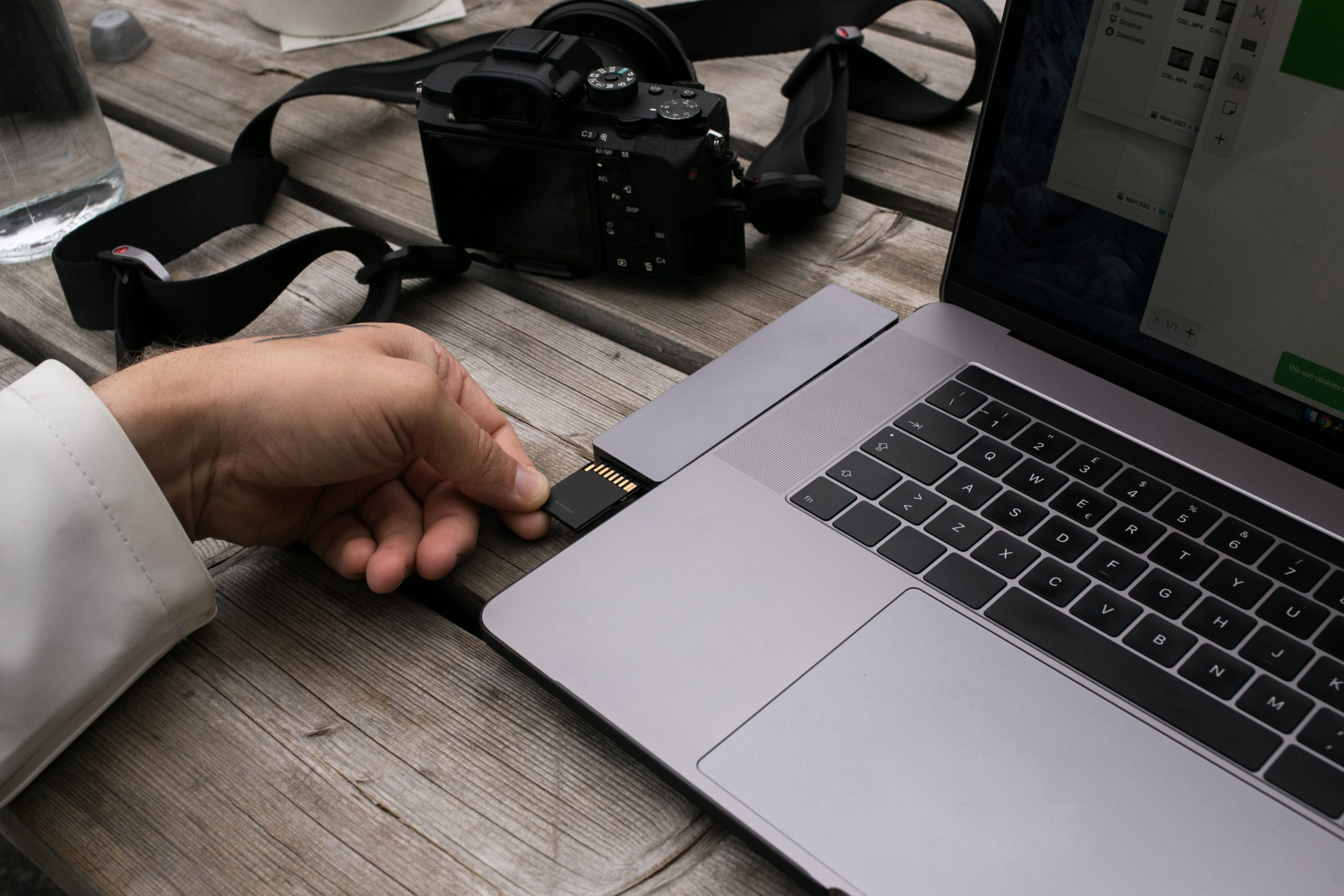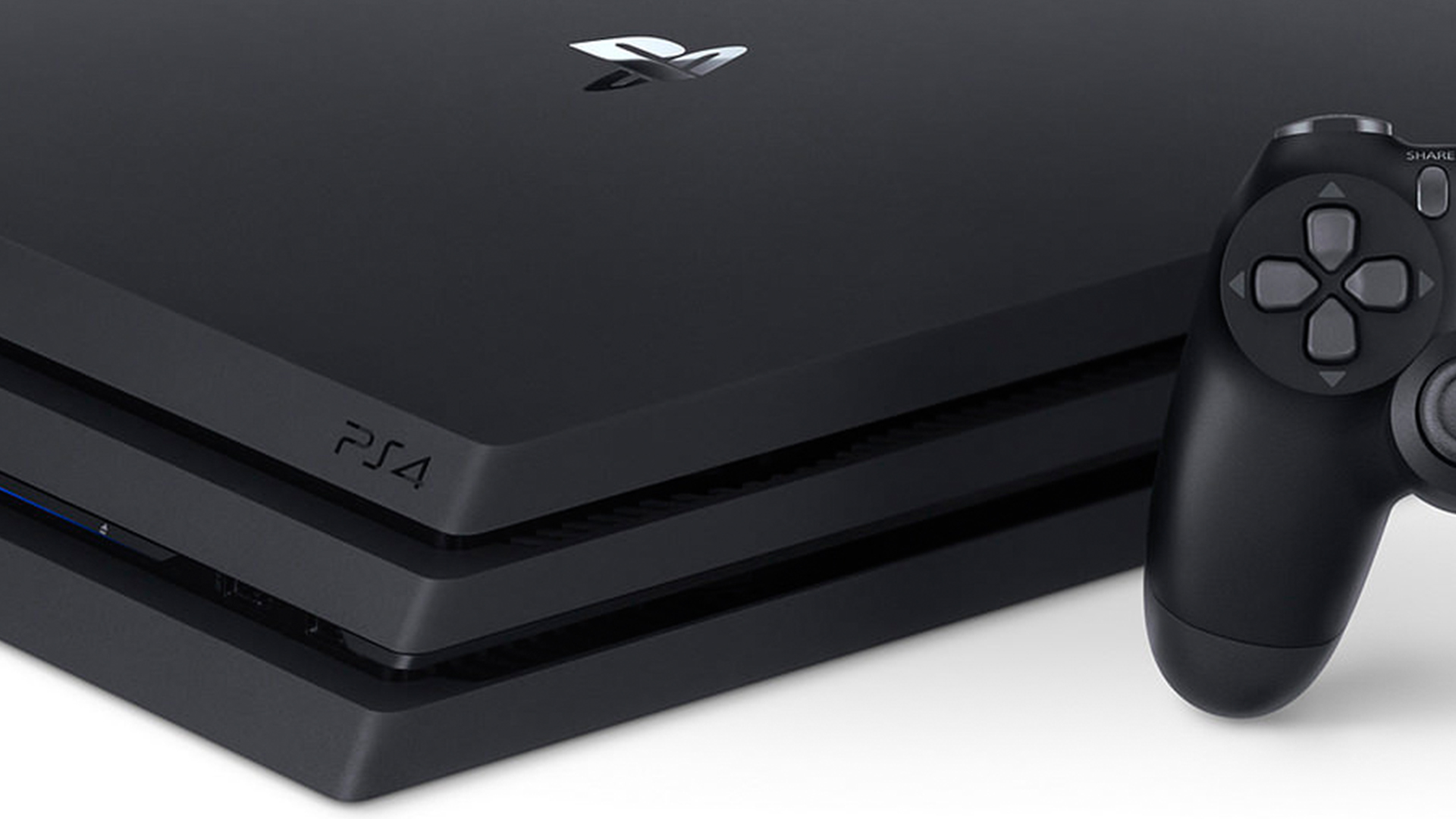 Are you facing the frustrating issue of your laptop not being able to detect Wi-Fi while your phone can connect without any problems? Don’t worry, you’re not alone. This is a common issue that many laptop users encounter. Fortunately, there are several troubleshooting steps you can take to resolve this problem and get your laptop back online.
Are you facing the frustrating issue of your laptop not being able to detect Wi-Fi while your phone can connect without any problems? Don’t worry, you’re not alone. This is a common issue that many laptop users encounter. Fortunately, there are several troubleshooting steps you can take to resolve this problem and get your laptop back online.
In this comprehensive guide, we will explore the most effective methods to fix the issue of your laptop not detecting Wi-Fi. We will cover everything from faulty drivers to network settings and provide step-by-step instructions on how to resolve each problem. So let’s dive in and get your laptop connected to Wi-Fi again!
Why does my Wi-Fi connect to my phone but not my laptop?
There are several reasons why your laptop may fail to detect Wi-Fi while your phone is able to connect seamlessly. Let’s take a look at some of the most common causes:
- Faulty drivers: Outdated or faulty network drivers can prevent your laptop from connecting to Wi-Fi. Updating or reinstalling the drivers can often resolve this issue.
- Wrong network settings: Incorrect network adapter settings or other internet-related settings on your laptop can also cause Wi-Fi connectivity problems. Adjusting these settings can help restore your wireless connection.
- Issues with PC Wi-Fi: Sometimes, the Wi-Fi functionality on your laptop may not work properly due to various factors. Running the network troubleshooter or restarting the Network Setup Service can help diagnose and fix these issues.
Now that we understand the potential causes, let’s move on to the troubleshooting steps.
How can I fix Wi-Fi if it’s not working on my laptop?
1. Change network adapter bandwidth
One possible reason why your laptop cannot detect Wi-Fi while your phone can is the network adapter’s bandwidth setting. To adjust this setting, follow these steps:
- Press the Windows key + X and select the Device Manager option.
- Click the arrow next to the Network adapters option and double-click your wireless network adapter.
- Navigate to the Advanced tab and select the 802.11n Channel Width for 2.4GHz option from the Property menu.
- Set the Value to 20Mhz only.
By setting the network adapter’s bandwidth to a specific value, you can ensure that your laptop can detect and connect to the Wi-Fi network.
Note: It is essential to test different bandwidth settings to find the one that works best for your specific network environment. Experiment with different values to achieve optimal results.
2. Use Command Prompt
If your laptop still cannot detect Wi-Fi after adjusting the network adapter’s bandwidth, you can try resetting various network components using the Command Prompt. Follow these steps:
- Press the Windows key, type cmd, and select Run as administrator under Command Prompt.
- Type the following commands one by one and press Enter after each:
netsh winsock reset catalognetsh int ipv4 reset reset.log
Wait for the commands to finish running and restart your PC.
Resetting network components through Command Prompt can help resolve any issues that may be preventing your laptop from detecting Wi-Fi.
3. Restart the Network Setup Service
The Network Setup Service is a crucial component for maintaining network connectivity on your laptop. If this service is disabled, it can prevent your laptop from detecting Wi-Fi. Follow these steps to restart the Network Setup Service:
- Press the Windows key + R, type services.msc, and click OK.
- Double-click the Network Setup Service to open its properties.
- Set the Startup type to Automatic and click the Start button.
- Navigate to the Recovery tab and click the dropdown before the First failure option.
- Select Restart the Service.
- Click the Apply button, OK, and restart your PC.
Restarting the Network Setup Service can help resolve any issues related to this essential network service, allowing your laptop to detect Wi-Fi again.
4. Change IPv4 properties
Incorrect IPv4 properties settings can also cause your laptop to fail in detecting Wi-Fi. Follow these steps to adjust the IPv4 properties:
- Press the Windows key + R, type ncpa.cpl, and click OK.
- Right-click your Wi-Fi network or adapter and select the Properties option.
- Click Internet Protocol version 4 (TCP/IPv4) and select the Properties button.
- Tick the radio button for the two Obtain DNS server address automatically options.
- Click OK and restart your PC.
By ensuring that your laptop is set to obtain the DNS server address automatically, you can increase the chances of detecting and connecting to Wi-Fi successfully.
5. Run the Windows Troubleshooter
Windows Troubleshooter is a built-in tool that can automatically diagnose and fix common network issues. Follow these steps to run the Windows Troubleshooter:
- Press the Windows key + I and select the Update & Security option.
- Click the Troubleshoot option in the left pane and select Additional troubleshooters.
- Select the Network adapters option and click Run the troubleshooter.
The Windows Troubleshooter will scan for any glitches or misconfigurations that may be causing your laptop to fail in detecting Wi-Fi. It will then attempt to fix the identified problems automatically.
6. Reinstall the network drivers
If all else fails, you may need to uninstall and reinstall your network drivers to resolve the Wi-Fi connectivity issue. Follow these steps to reinstall the network drivers:
- Right-click on the Start icon and select Device Manager.
- Expand the Network adapters option and right-click on your Wi-Fi adapter.
- Select the Uninstall device option and click the Uninstall button.
- Restart your PC.
Upon restarting your laptop, Windows will automatically reinstall the network drivers. This process can help clear any glitches or conflicts that may be preventing your laptop from detecting Wi-Fi.
Alternatively, you can use a reliable driver updating tool like Outbyte Driver Updater to scan for faulty or outdated drivers and update them automatically.
Note: It is crucial to download drivers only from trusted sources to avoid malware or compatibility issues. Always use reputable software or the official website of your device manufacturer to download and install drivers.
By following these step-by-step troubleshooting methods, you should be able to resolve the issue of your laptop not detecting Wi-Fi while your phone can connect without any problems. Remember to test your Wi-Fi connection after each step to determine if the issue has been resolved.
Additional Information:
- Ensure that your Wi-Fi router is functioning correctly and broadcasting the network signal.
- Check if other devices can connect to the same Wi-Fi network without any issues.
- Update your laptop’s operating system to the latest version.
- Disable any third-party firewall or antivirus software temporarily to rule out any potential conflicts.
- Contact your internet service provider (ISP) for assistance if the issue persists.
Conclusion
Now that you have a comprehensive troubleshooting guide at your disposal, you can confidently tackle the problem of your laptop not detecting Wi-Fi. By following the provided steps and taking proactive measures, you can restore your wireless connection and enjoy uninterrupted internet access on your laptop.
If you have any questions or suggestions, feel free to leave a comment below. Happy troubleshooting!








